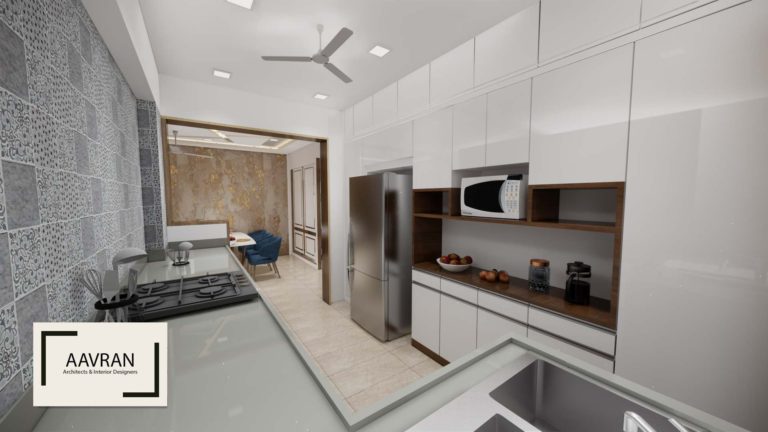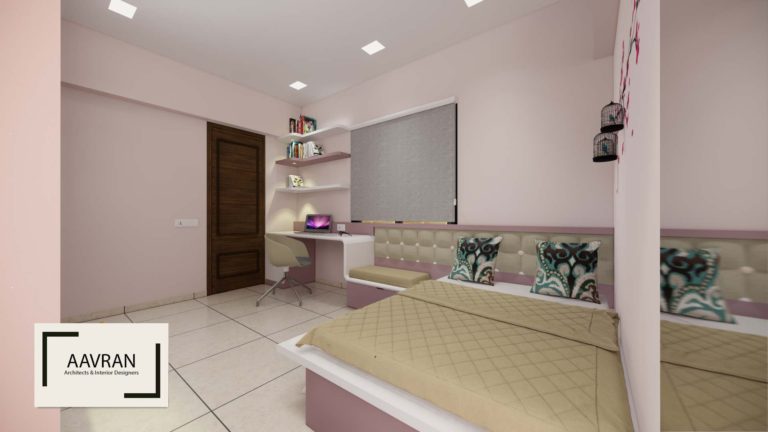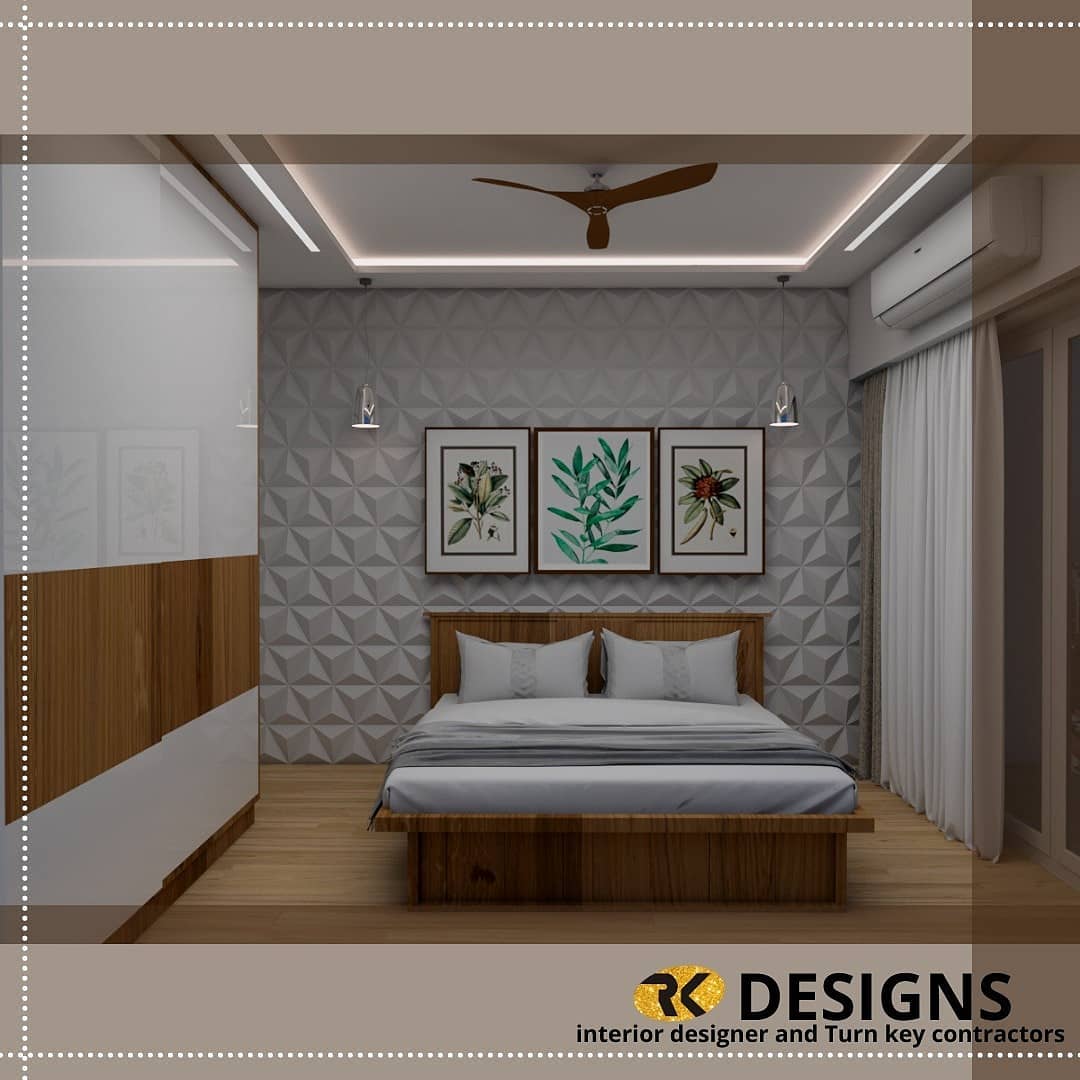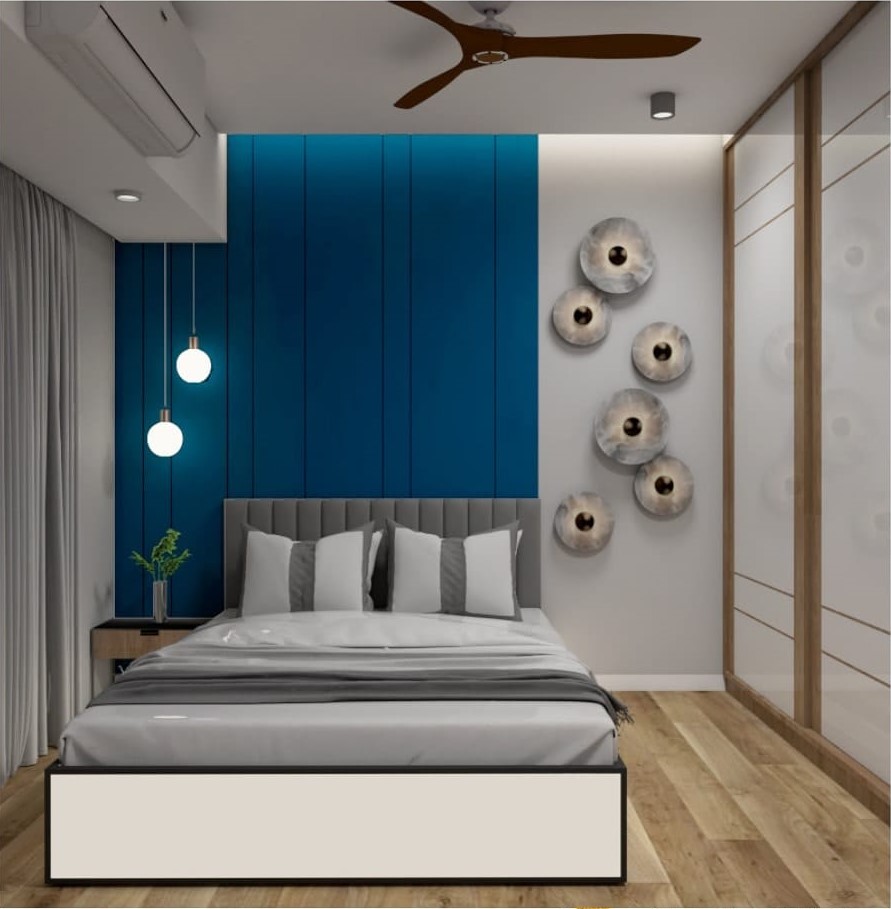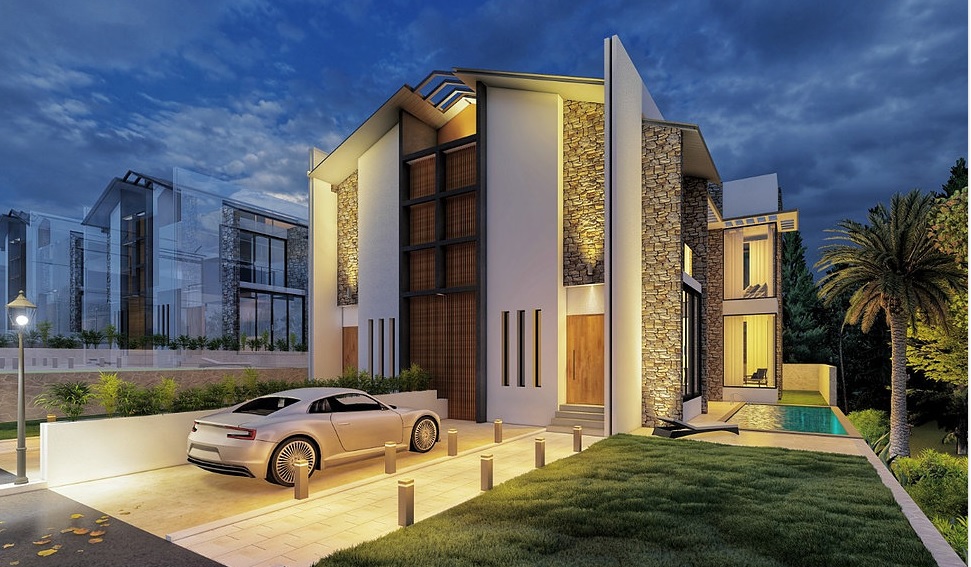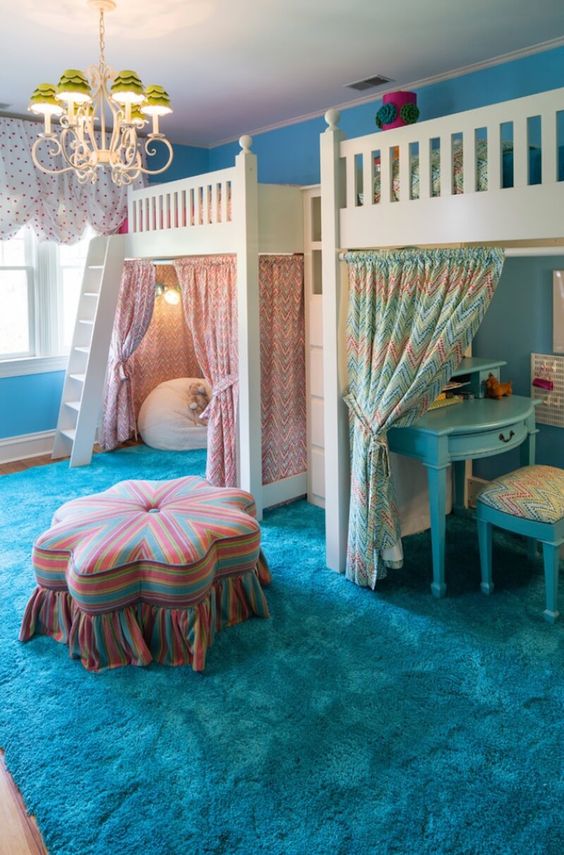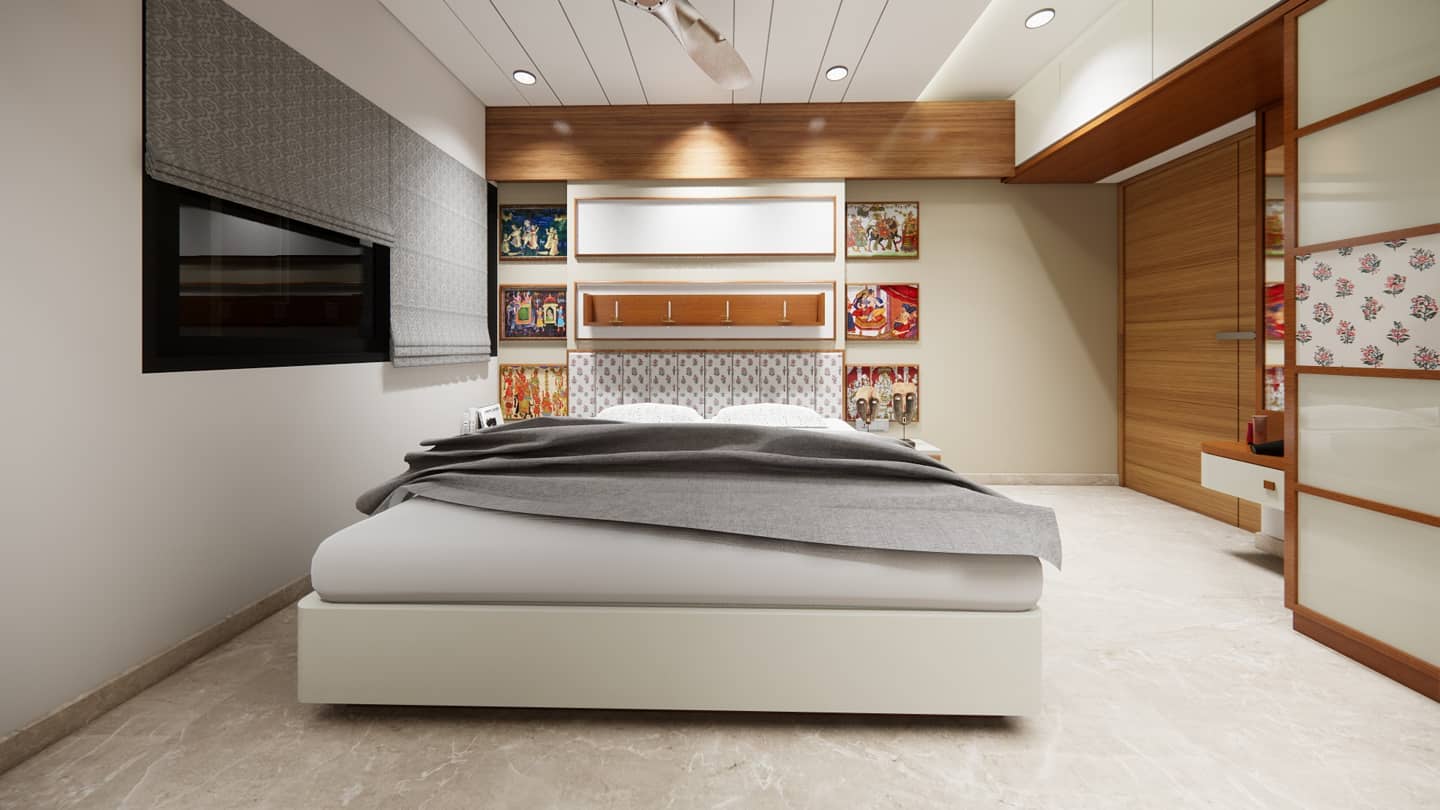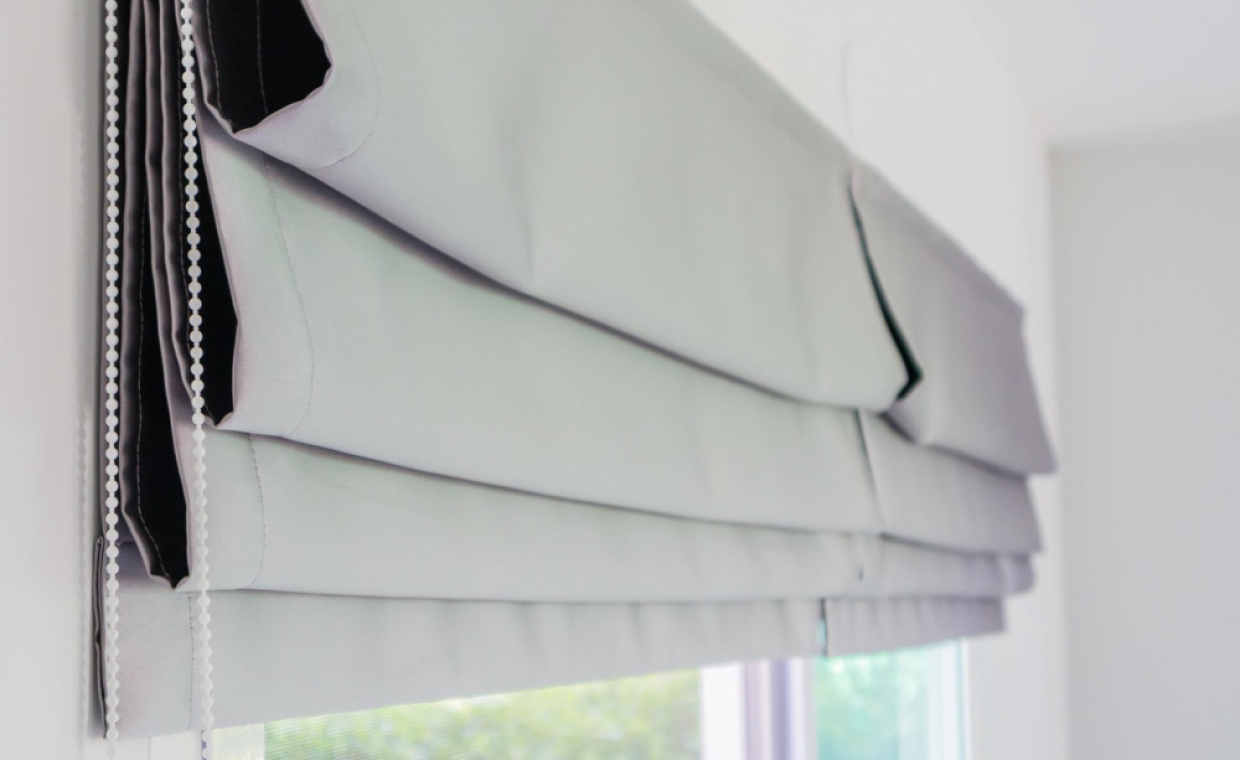
Table of Contents
Quick Summary
- Learn how floral drapes can refresh your home décor with nature-inspired prints.
- Match pattern scale to room size: petite florals for small rooms, bold prints for large spaces.
- Choose floral styles that reflect room personality – calming for bedrooms, vibrant for living areas, cheerful for kitchens.
- Balance ambiance with functionality: sheer light-filtering, room-darkening, or blackout drapes.
- Use colour strategies (60-30-10 rule) and pattern harmony to blend florals with existing décor.
- Pair textures for depth – smooth drapes with woven or nubby accents.
- Pro tips on avoiding mismatched patterns and choosing fabrics that last.
Your grandmother’s frilly curtains are no longer floral drapes! If you choose carefully, contemporary botanical prints can bring nature indoors, create depth, and energise a room. The key? adjusting thescale, design, and purpose to the requirements of your space. If you do it correctly, your floral curtains will become a focus point right away. Get it wrong? Well, let’s make sure you nail it.
1. Matching Floral Pattern Scale to Your Space Size
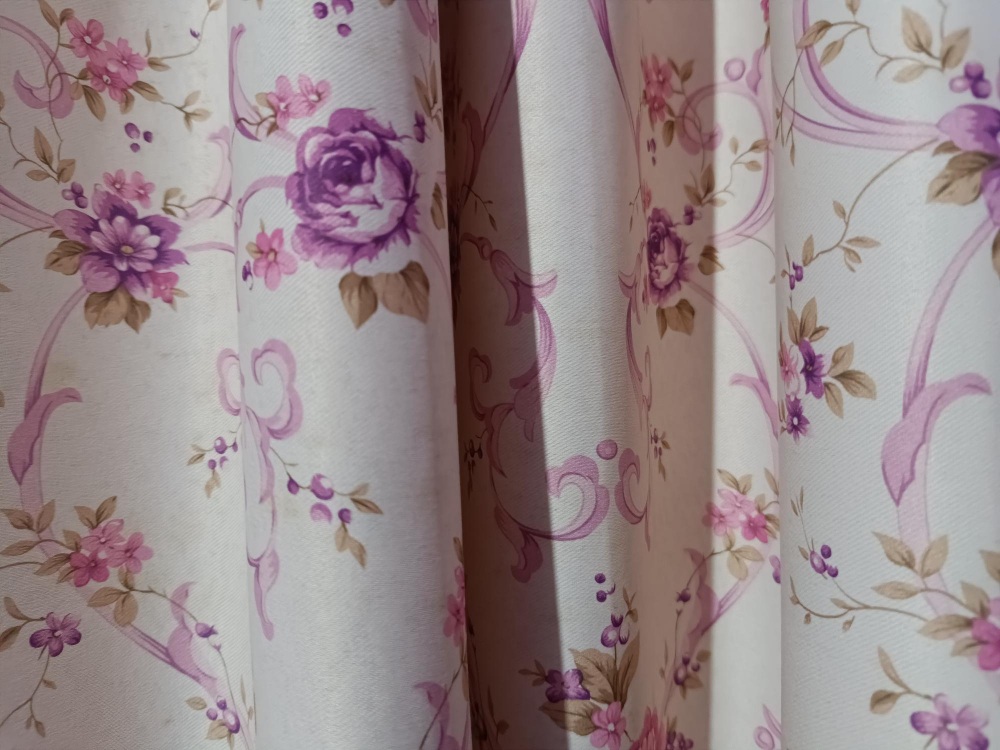
Think of your floral drapes as the room’s “visual volume knob.” Getting the scale right prevents overwhelming tiny spaces or underwhelming grand ones.
Small rooms (apartments, home offices)
Petite prints under 4″ (think dainty violets or scattered daisies) on light backgrounds (ivory, misty blue) keep things airy. Avoid large blooms as they shrink spaces visually and make small spaces even smaller.
Average rooms (standard bedrooms, dens)
Medium-scale florals (4″-8″ motifs like roses or hydrangeas) balance coziness and style. Softly colored backdrops (oatmeal, sage) add warmth without heaviness.
Large/Open spaces (living rooms, master suites)
Statements are made by striking, enormous patterns (tropical foliage, 10-inch peonies). The area is grounded by deep bases (terracotta, charcoal, and navy). Pro tip: In spaces with high ceilings, vertical floral trails direct attention upward.
2. Selecting Floral Styles by Room Personality
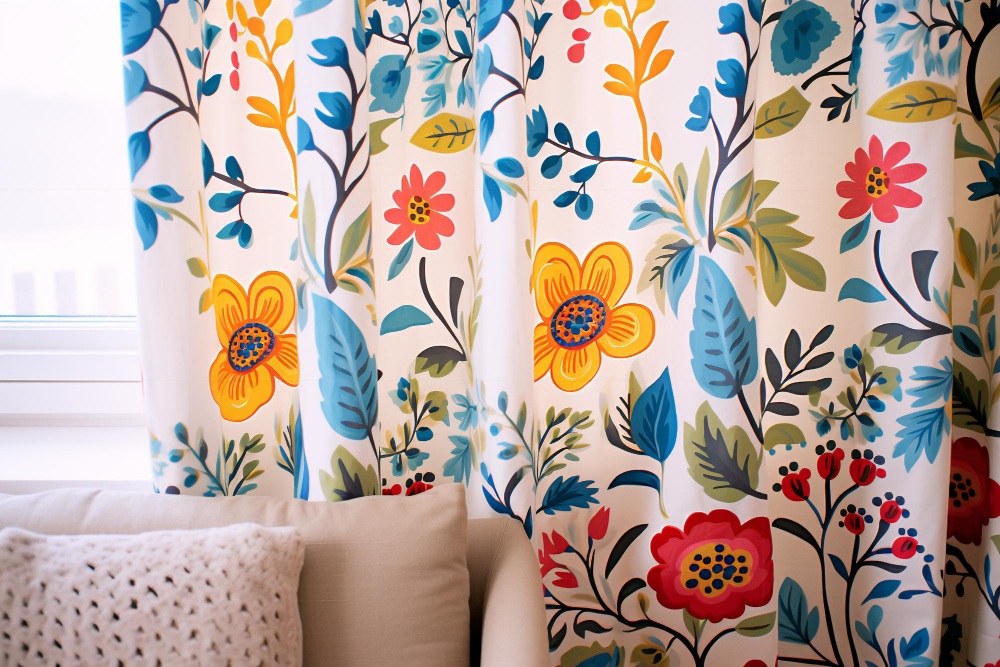
Image Courtesy: AI Generated
Your room’s purpose should steer your floral print’s vibe. Playful energy suits a kitchen; tranquil elegance belongs in bedrooms.
Bedrooms & Sanctuaries
Opt for watercolor washes (blurred lavender fields) or organic sprigs (eucalyptus, olive branches) on calming bases (dusty rose, sea foam). These whisper relaxation, not chaos.
Living/Dining Rooms (Entertaining Zones)
Choose structured botanicals (geometric florals, crisp palm prints) in richer hues (emerald, burgundy). These hold their own against furniture and spark conversations.
Kitchens/Breakfast Nooks
Cheerful small-scale prints (lemon branches, herb clusters) on durable, wipe-clean polyester/cotton blends handle splatters while radiating joy. Avoid delicate silks!
Pro tip: Not sure if they look good in your home? Some curtain brands, like UniCurt, provide rendering service for preview. You can preview the overall style before ordering swatches.
3. Balancing Light Control & Ambiance

Florals shouldn’t sacrifice function for beauty. Your light needs dictate fabric and lining choices.
Sun-Drenched Rooms (Light Filtering)
Sheer linen or cotton light-diffusing drapes gently soften glare while showcasing delicate floral details. Ideal for living rooms where mood matters more than privacy.
Sleep/Media Spaces (Full Blackout)
Triple-weave blackout lining on polyester blocks 99 percent of light without degrading vibrant designs. Look for “room-darkening floral drapes” with hidden linings to maintain pattern beauty.
Versatile Zones (Room-Darkening)
Heavy cotton or velvet light-reducing drapes strike a balance – cutting glare without tomb-like darkness. Easier to clean than full blackouts, perfect for nurseries or home offices.
4. Harmonizing Florals with Your Décor
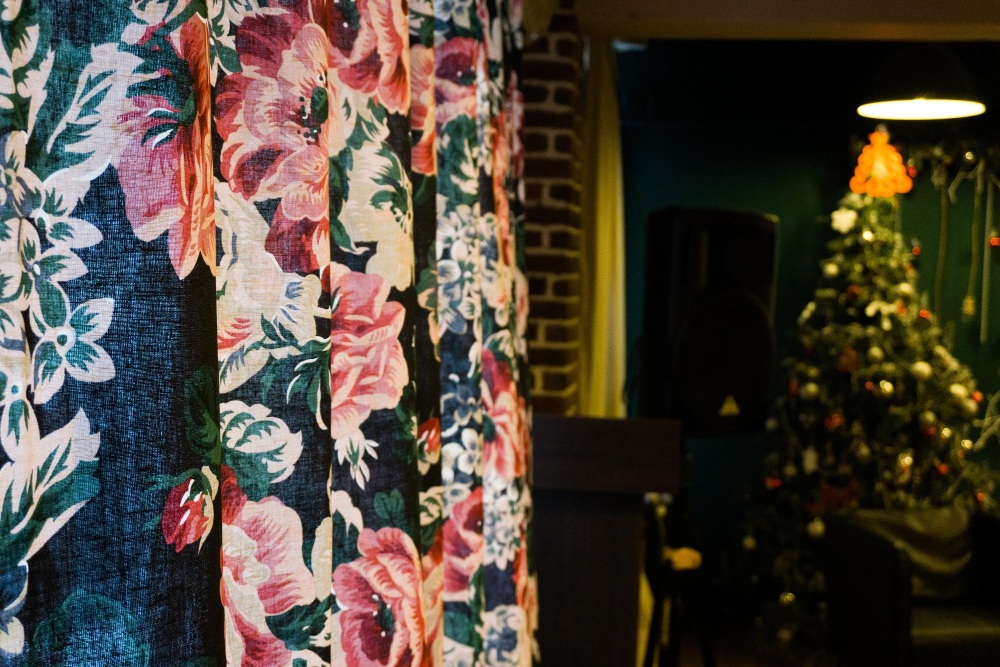
Floral drapes should converse with your room, not shout over it. Use color and pattern diplomacy.
The 60-30-10 Color Strategy
Extract hues directly from your fabric
“That sage green leaf? Make it your wall color (60%). The terracotta rose? Use it for throw pillows (30%). The tiny gold stamen? Perfect for picture frames (10%).”
Pattern Peacekeeping
Bold Blooms: Pair with solids or subtle stripes. Never compete with another large pattern.
Small, Busy Prints: Complement with geometrics (checks, trellis) or textured neutrals (basket weave rug, nubby sofa). Avoid other florals!
Watercolor Florals: Embrace organic companions (wood tones, rattan, stone). Skip harsh graphic prints.
Texture Talks
Pair smooth floral drapes with nubby upholstery (bouclé, wool) or woven accents (jute rugs, seagrass baskets) for depth.
Conclusion
When carefully arranged, floral drapes turn windows into wearing works of art. Keep in mind: Prioritise light control that works for your lifestyle, scale patterns to the dimensions of your space, let the function of the area dictate the floral personality, and incorporate the print’s colours into your current décor. Whether you prefer the calm of plants with a natural theme or the drama of huge flowers, the best floral curtains or blossom drapes blend poetry and practicality. Start with one focal window – nature’s inspiration awaits!
Also Read: How Roller Blockout Blinds Can Transform Your Living Space: Stylish and Functional Window Solutions
FAQ: Floral Drapes
Q1: How do I choose the right size floral pattern for my room?
Small prints work best in compact rooms, medium florals suit average spaces, and bold oversized blooms make a statement in large or open areas.
Q2: Are floral drapes suitable for modern homes?
Yes, modern botanical prints, watercolors, and geometric-inspired florals complement contemporary interiors beautifully.
Q3: What fabric is best for floral curtains in sunny rooms?
Sheer linen or cotton allows light filtering while showcasing delicate floral designs.
Q4: Can floral drapes work with patterned furniture?
Yes, but balance is key. Pair bold blooms with solid furniture or small busy florals with subtle geometrics.
Q5: Do floral blackout curtains really block light?
Triple-weave blackout floral drapes block up to 99% of light while maintaining design vibrancy.









